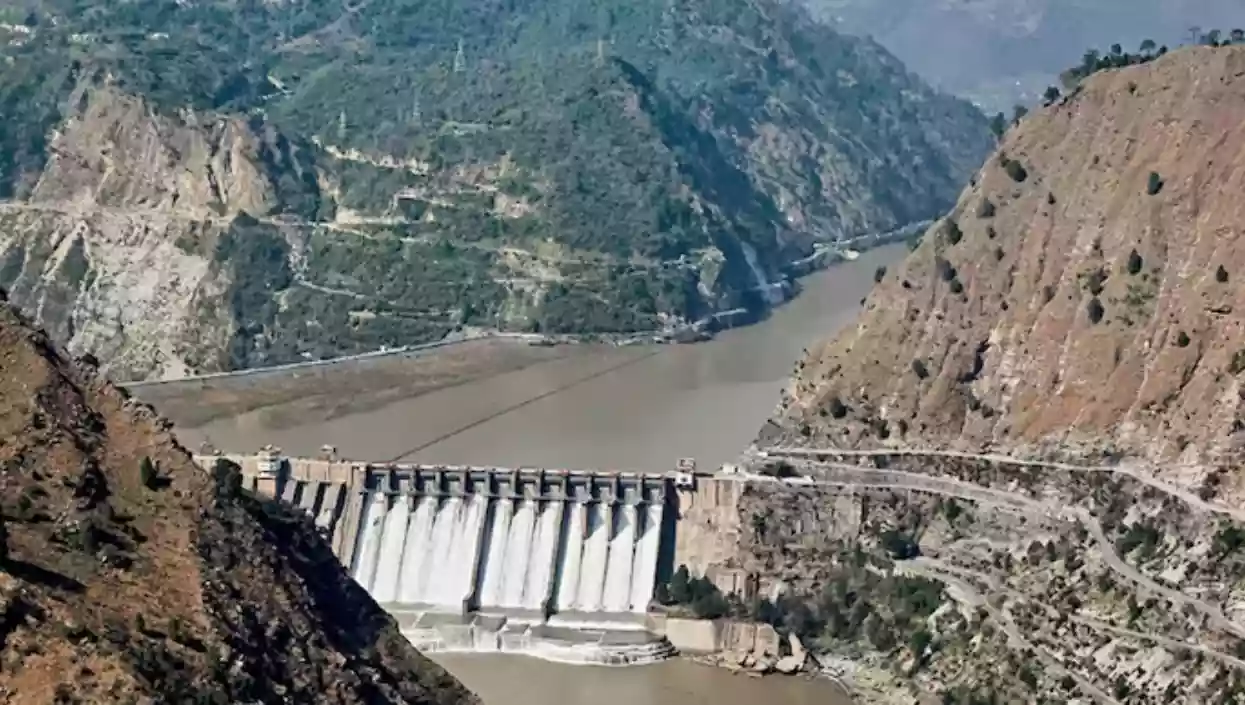Reconstruction of crime scene in Kasba as probe intensifies in Kolkata college student rape case
.gif)
.gif)

India has officially halted the flow of water through the Chenab River at the Baglihar Dam in Jammu’s Ramban district, marking its first concrete move following the suspension of the Indus Waters Treaty with Pakistan. The action is part of a broader diplomatic retaliation after the deadly Pahalgam terror attack in Jammu and Kashmir, which killed 26 people, mostly tourists.
This strategic step signals a shift in India’s long-held water diplomacy posture. Government sources have confirmed that New Delhi is also planning similar steps at the Kishanganga Dam on the Jhelum River in north Kashmir. Both projects, although hydroelectric in nature, provide India with control over the timing and volume of water flow—critical leverage in a hostile geopolitical scenario.
The Indus Waters Treaty, signed in 1960 and brokered by the World Bank, has been considered a model for conflict-resolution. It allocated the waters of the eastern rivers to India and the western rivers to Pakistan, while allowing India limited non-consumptive uses such as hydroelectricity. However, repeated attacks on Indian soil, most recently in Pahalgam, have prompted calls to review or abandon the agreement.
The Baglihar Dam has long been a source of friction between the two countries. In fact, Pakistan had raised objections about its design in 2005, leading to World Bank-mediated arbitration. While India was largely vindicated, the dispute laid bare the underlying mistrust between the neighbours.
The Kishanganga project on the Jhelum River has also faced diplomatic and legal challenges, particularly concerning its potential impact on the flow of the Neelum River in Pakistan-administered Kashmir. Experts believe these moves will significantly strain water-sharing arrangements, especially during lean seasons.
Sources say India is now drafting a long-term operational strategy to formalise the treaty’s suspension. While no official revocation has been announced yet, the series of actions suggest a clear shift toward a more assertive water policy—blending national security with transboundary resource management.